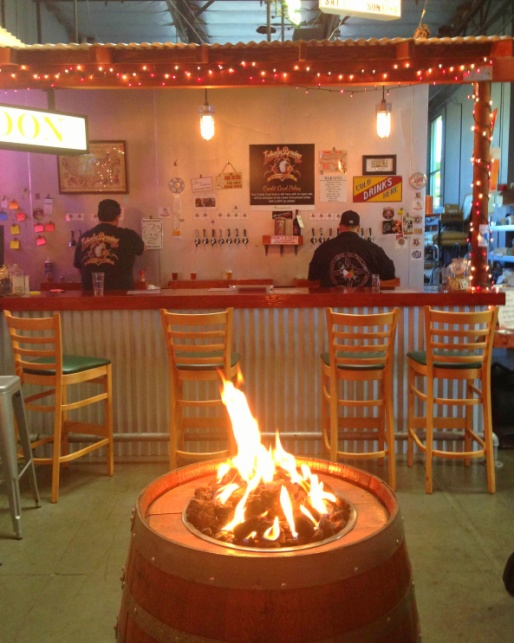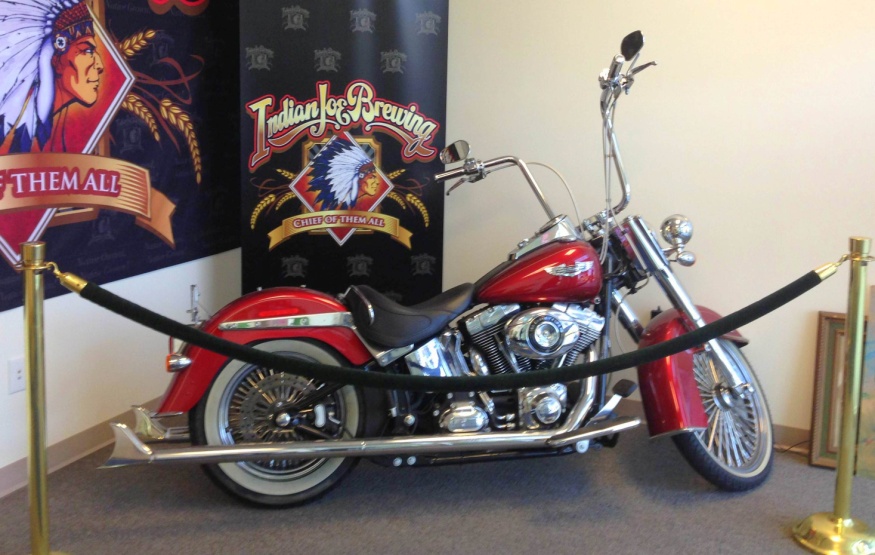By Amy Tindell

As a fan of darker beers, I was shocked that I did not actually know the difference between a stout and a porter. Fortunately, it was simple to rectify this gap in expertise, and in the end, I found that my ignorance was completely excusable.
Most historians seem to agree that beers labeled as porters first appeared on the London scene in the 18th century. One popular tale of porter’s origin maintains that brewers and servers tired of tapping three separate kegs for the current beer styles: beer (brewed with hops), ale (brewed without hops), and twopenny (the strongest beer). As a solution, they created a brew called “three threads” by blending those styles into one full-service cask. Another account reflects the origin of porter as the “Entire” or “Entire Butt,” where the first, second and third (weakest to strongest) mashes from the same malt were mixed and fermented together to create one beer, rather than the traditional technique of fermenting them separately to produce three different strength beers. Whatever the origin of the beer, its name seems to have derived from the occupations of London’s laborers who came to prefer it over other styles.
Once brewers began to produce porter on an industrial scale, they began to vary its strength, labeling the stronger and full-bodied versions as “stout porters.” Stout as a distinct style was born when brewers and consumers eventually dropped “porter” from the end of the description.
Today, the difference between porters and stouts is fuzzy, and the designation is the prerogative of the brewer. However, there are some rough guidelines for categorizing the two styles. Stouts tend to be darker, stronger, and use less water than porters. They are characterized by a grist that is 80-90% pale malts and 10% roasted barley, which lends an espresso or coffee aroma and flavor. Porters, on the other hand, tend to be lighter, sweeter, and hoppier. They are known for using crystal, black, and chocolate malts, which add a mocha aroma and flavor.
The stout-porter boundary becomes even fuzzier when you discover the spectrum of brews available within each style. Stouts are available with the labels “dry” (strong roasted coffee aroma and pronounced bitterness), “sweet” (brewed with lactose to sweeten the beer), “export” (brewed to a higher strength), “oatmeal” (smoothed by the incorporation of oatmeal), and “Russian imperial” (brewed to higher ABV with more hops). Porters, not to be outdone, are available with the designations “London” (the classic, sweeter version), “American” (hoppier), and Baltic (stronger and sweeter).
Of course, the only way to truly understand these categories is to compare them side by side. While blurred lines separate the porter from the stout, the only inexcusable action would be to consider myself an enthusiast without doing just that.







